Concrete Ants | Concrete Ants: Uncover Their Secret World

Key Takeaways:
- Concrete ants are small, reddish-black ants often found on pavement or patios.
- They can quickly become a nuisance on your property if left unmanaged.
- Understanding their behavior and identifying early signs of infestation are crucial for effective control.
- Effective control methods include both natural and chemical solutions, as well as proactive prevention techniques.
- In some cases, professional extermination may be necessary for long-term control.
Understanding Concrete Ant Infestation
If you have ever noticed a trail of ants on your concrete surfaces, it is likely that you have a concrete ant infestation. Concrete ants are a common species found in various environments, including urban and suburban areas. They are attracted to food sources, and their nesting habits make concrete surfaces a prime location for colonies to develop.
Concrete ant infestations often occur when environmental conditions are favorable, such as during warm and dry weather. They may also be attracted to water sources, making damp areas a potential target for infestation. Additionally, concrete ants are adept at finding food sources, and once a colony has identified a feeding area, they will continue to return to it.
It's important to note that concrete ants are not always harmful to humans or the environment. However, they can cause damage to concrete structures, and their presence can be a nuisance. Additionally, if left untreated, an infestation can grow and spread to other areas of your property or even neighboring properties.
Identifying and addressing the causes of concrete ant infestations is crucial for effective management and prevention. In the next sections, we will discuss how to identify pavement ants, effective control and prevention methods, and the importance of professional extermination when DIY solutions are not sufficient.
Identifying Pavement Ants
Pavement ants, also known as concrete ants, are a common species found throughout the United States. These persistent pests are resilient and can quickly establish colonies that become difficult to control. Proper identification is crucial for effective concrete ant control management.
Pavement ants are typically small, measuring about 1/8 inch long and dark brown to black in color. Their bodies are segmented and have fine hair covering them. These ants also have two nodes between their thorax and abdomen, making them different from other common ant species that have only one node.
In addition to these physical characteristics, pavement ants also have distinct behavior patterns that can help with identification. They typically come out at night and are attracted to sweet and greasy foods. During the day, they are often seen moving back and forth along cracks and crevices in concrete surfaces, searching for food and nesting spots.
Early detection of a pavement ant infestation is critical for successful control. By identifying the pests early, you can effectively use targeted control methods to eliminate them before they become a long-term problem.
Pavement Ant Characteristics
| Color | Dark brown to black |
|---|---|
| Size | About 1/8 inch long |
| Body | Segmented with fine hair covering |
| Nodes | Two nodes between thorax and abdomen |
Identifying the correct ant species is the first step towards effective control. By understanding unique behavior patterns and physical characteristics, we can quickly identify pavement ants and take appropriate control measures.
Once you have successfully identified pavement ants, it is crucial to take immediate action to prevent them from multiplying and creating more problems. In the next section, we will discuss effective concrete ant control methods to eradicate an existing infestation.
Effective Concrete Ant Control Methods
If you're dealing with a concrete ant infestation, there are many effective solutions available that can help you eliminate these pests from your property. Whether you prefer natural remedies or chemical treatments, we have options that fit your needs.
Chemical Treatments
Chemical treatments, such as insecticides, are highly effective at killing concrete ants. However, they can also be harmful to the environment and other living creatures, so using them should be done with caution and care. Some popular chemical treatments include:
| Treatment | Description | Advantages | Disadvantages |
|---|---|---|---|
| Bifenthrin | A synthetic chemical that disrupts the nervous system of ants, leading to paralysis and death. | Long-lasting protection, highly effective. | Expensive, can harm other beneficial insects and animals if not used properly. |
| Imidacloprid | A systemic insecticide that is taken up by the tree or plant and distributed throughout its system. When concrete ants feed on the plant's sap, they are exposed to the insecticide and eventually die. | Effective long-term solution. | Can take some time to show results. |
| Fipronil | A broad-spectrum insecticide that works by disrupting the ant's central nervous system. It can be applied as a spray or used as bait to attract and poison the ants. | Rapid pest control, versatile application methods. | Potential harm to non-target species, not suitable for all environments. |
Natural Remedies
If you prefer natural pest control methods, there are several options available that are just as effective at eliminating concrete ants. These include:
- Boiling water: Pouring boiling water onto the ant nest can destroy it and kill the ants.
- Diatomaceous earth: A non-toxic powder that damages the exoskeleton of ants and dehydrates them, causing death.
- Cornmeal: When ants consume cornmeal, it swells up inside their bodies and kills them.
- Essential oils: Certain essential oils, such as peppermint or tea tree oil, can repel or kill ants.
- Cinnamon: Cinnamon is a natural repellent that can keep ants away from your property.
Keep in mind that while natural remedies may be safe for the environment and non-toxic, they may not provide long-lasting protection and may need to be reapplied frequently.

Overall, the key to effective concrete ant control is identifying the infestation early and taking action promptly. Consider combining different methods for a multi-pronged approach that will help you eradicate the pests and keep them from coming back.
Prevention Techniques for Concrete Ants
Preventing concrete ant infestations is the key to ensuring long-term control. By taking proactive measures, you can minimize the risk of an infestation, such as:
- Sealing entry points, such as gaps around windows and doors, utility penetrations, and other openings in the building's exterior.
- Removing debris, leaf litter, or other organic material around the foundation to eliminate potential nesting sites.
- Trimming plants and shrubs around the foundation to reduce moisture retention and limit access to the building.
- Removing sources of food, such as spilled grease or food waste, especially in areas where pests are often found.
- Regularly inspecting and maintaining the building's exterior to identify and address any potential vulnerabilities.
Adopting these prevention techniques can help you keep your property free from concrete ants and other pests.
Preventing Concrete Ants with Effective Landscaping
Landscaping can also be an effective tool for preventing concrete ant infestations. By using plants that deter pests, you can create a barrier around your property and make it less attractive to these pests. Some of the best options for deterring concrete ants from your yard include:
- Lavender
- Mint
- Rosemary
- Thyme
- Sage
Not only do these plants have natural pest-repelling properties, but they can also add beauty and fragrance to your landscape.
Tip: Installing a barrier of crushed stone or gravel around the foundation can also help prevent pests from gaining access to your home.
Implementing these techniques and adopting a proactive approach to pest management can help prevent concrete ant infestations and keep your property safe and healthy.
Removing Concrete Ants from Concrete Spaces
Dealing with concrete ant infestation in your outdoor spaces can be a daunting task, but it's not impossible. With the right techniques and prevention strategies, you can keep concrete ants at bay.
The first step is to identify the source of the infestation. Check for entry points such as cracks, gaps, or holes in concrete sidewalks, patios, and driveways. Seal off these entry points to prevent new ant colonies from forming.
Now it's time to focus on removing the existing ant colonies. There are various nontoxic methods you can use, such as pouring boiling water at the ant nests or applying a mixture of vinegar and water. Alternatively, you can use diatomaceous earth, a natural abrasive that dehydrates and kills ants.
If you prefer chemical solutions, there are numerous commercial ant baits and sprays available that you can use. However, make sure to follow the instructions carefully and keep in mind that some chemical solutions may harm other organisms in the environment.
Once you have successfully eliminated the concrete ant colonies, it's important to continue with preventative measures to ensure they don't return. Some of these prevention techniques include regular inspection, fixing water leaks, and maintaining proper sanitation practices. By keeping your outdoor spaces clean and monitoring for any new infestations, you can maintain an ant-free environment.
Maintaining a Concrete Ant-Free Environment - Our Tips
Set up ant bait stations in areas where there's high traffic, regular inspections of outdoor spaces for signs of ant activity, sweep outside areas regularly and take out the trash. Cover garbage cans and properly store pet and bird food. Limit moisture in and around the home by repairing leaky pipes, HVAC systems, and faucets. Also, keep gutters and drainage pipes free of blockages. Improve air circulation, especially in humid areas to create a dry environment that discourages multiple species of ants.
As ants are particularly active during the warmer seasons, we recommend starting preventative measures as soon as the weather starts to warm up.
Nontoxic Methods for Managing Concrete Ants
When it comes to controlling concrete ants, natural remedies and preventative measures can be highly effective, without posing any risk to the environment. Here are some non-toxic strategies to manage concrete ants:
DIY Remedies
A simple yet effective method involves using a combination of vinegar and water to clean surfaces and deter ants from foraging. Another option is to sprinkle cinnamon or cayenne pepper near entry points to discourage ants from crossing. These natural remedies, however, may require more frequent application than chemical-based products.
Natural Repellents
Essential oils such as peppermint, citrus, and eucalyptus can serve as natural repellents for concrete ants. Simply mix a few drops of the oil with water in a spray bottle and apply to areas where ants are present. Diatomaceous earth, which consists of fossilized remains of marine organisms, can also be an effective deterrent when sprinkled around entry points and nests.
Plant-Based Solutions
Certain plants can serve as natural ant repellents while adding aesthetic appeal to your outdoor spaces. Mint, lavender, and catnip are known to deter ants, while Marigolds repel a variety of insects, including ants. Plant these around your property to discourage ants from settling in.
By utilizing these nontoxic methods, you can manage concrete ants in a safer and more sustainable way. However, if you have a severe infestation, it may be necessary to consult with a professional pest control service.

Understanding Concrete Ant Behavior
In this section, we will provide an in-depth look at the behavior of concrete ants, which includes their communication methods, foraging patterns, and colony structure. By understanding the behavior of these ants, one can better control and prevent infestation.
Communication Methods
Concrete ants use a chemical method, known as pheromone trails, to communicate with each other. They leave a scent trail that other ants can follow to locate food sources or potential nest sites. In addition, they use physical touch and antennal movements to communicate and recognize each other within the colony.
Foraging Patterns
Concrete ants are opportunistic foragers and can feed on a variety of foods, including sweet and greasy foods. They are most active during the summer months and prefer warmer temperatures. When foraging, they travel in trails, which can be easily identified by the visible trail of ants.
Colony Structure
Concrete ant colonies are typically comprised of a single queen and hundreds to thousands of worker ants. The queen's primary role is to lay eggs and maintain the colony's reproductive cycle. Worker ants, on the other hand, are responsible for foraging, nest-building, and caring for the young ants.
"Understanding concrete ant behavior is crucial for proper management and control of infestations."
In summary, concrete ants use pheromone trails to communicate, forage opportunistically, and live in colonies with a single queen and several hundred or thousand worker ants. This knowledge can guide effective management and control of concrete ant infestation.
The Importance of Professional Concrete Ant Extermination
When it comes to concrete ant infestations, many homeowners try to tackle the problem themselves using DIY methods. However, in certain situations, it may be necessary to seek the help of a professional pest control service to ensure effective concrete ant extermination.
Professional exterminators are trained to identify and evaluate the severity of the infestation, determine the most appropriate treatment options, and apply them safely and effectively. Additionally, they have access to specialized equipment and treatments that may not be available to the general public.
Attempting to handle an infestation without the proper knowledge and equipment can not only be ineffective but also hazardous. Some DIY treatments may be harmful to humans or pets, and incorrect application can lead to further damage to your property.
When choosing a pest control service for concrete ant treatment, it's essential to do your research and select a reputable and experienced company. Look for companies with proper licensing and certifications, as well as positive reviews and testimonials from previous clients. Request an estimate and ask questions about their treatment methods and guarantees for extermination.
Remember, professional concrete ant extermination can be a worthwhile investment in the health and safety of your property. Don't hesitate to contact a trusted pest control service for help with severe infestations or ongoing prevention.
Maintaining Concrete Ant-Free Spaces
Eliminating concrete ant infestation is only half the battle. To prevent future problems, maintaining an ant-free environment is crucial. We recommend regular inspections and ongoing prevention techniques to ensure your property remains free of concrete ants.
Regular Inspections
Regular inspections can help detect any potential ant problems before they escalate. Inspection frequency will depend on factors such as your location, environmental conditions, and the size of the property. We recommend scheduling quarterly inspections to catch any issues early on.
Ongoing Prevention Techniques
Once you have eliminated concrete ants, it’s important to implement prevention techniques to keep them out for good. Some effective prevention methods include:
- Sealing entry points such as cracks and gaps in walls, floors, and foundations
- Trimming back tree branches and vegetation to prevent ants from using them as bridges to access your property
- Picking up fallen fruits, nuts, and debris from the ground regularly, which can serve as an attractant for concrete ants
Remember, it’s always easier to prevent an infestation than to deal with one once it has taken hold. By taking proactive measures, you can enjoy an ant-free environment and avoid the headaches of another infestation.
Dealing with Recurring Concrete Ant Infestations
If you've had more than one concrete ant infestation, it's time to take action. Recurring infestations may point to underlying problems that need to be addressed.
To get rid of these pesky ants for good, it's best to follow a two-pronged approach: prevention and control.
First, it's important to identify the cause of the infestation. Is there a food source attracting the ants? Are there entry points that need to be sealed? By figuring out the root cause of the problem, you can take the necessary steps to address it.
Next, use the appropriate concrete ant control methods. Depending on the severity of the infestation, you may need to go for chemical solutions or natural remedies. It's important to eliminate the entire colony, otherwise, the problem will persist.
If you've tried everything, but the ants keep coming back, it's time to call in the professionals. A qualified pest control service with experience in concrete ant control can help you get to the bottom of the issue and eradicate the infestation.
Remember, prevention is key. Once you've successfully removed the infestation, take steps to prevent future outbreaks. Regular inspections and ongoing maintenance are crucial in keeping your property free from concrete ants.
"Recurring infestations may point to underlying problems that need to be addressed."
Conclusion
In conclusion, understanding and effectively managing concrete ant infestations is crucial for maintaining a healthy and pest-free property. By following the recommended strategies outlined throughout this article, we can regain control over our outdoor spaces and prevent future problems.
Remember to identify the species correctly, and use the appropriate control methods based on the severity of the infestation. Prevention techniques such as sealing entry points, reducing moisture, and maintaining cleanliness can also help minimize the risk of a future infestation.
If DIY methods are not enough, do not hesitate to contact a professional pest control service to schedule concrete ant extermination. Regular inspections and ongoing prevention techniques are necessary to maintain a concrete ant-free environment in the long run and avoid recurring infestations.
We hope this article has provided valuable insights and guidance on how to effectively manage concrete ants, and we encourage readers to take proactive measures to prevent and control infestations.
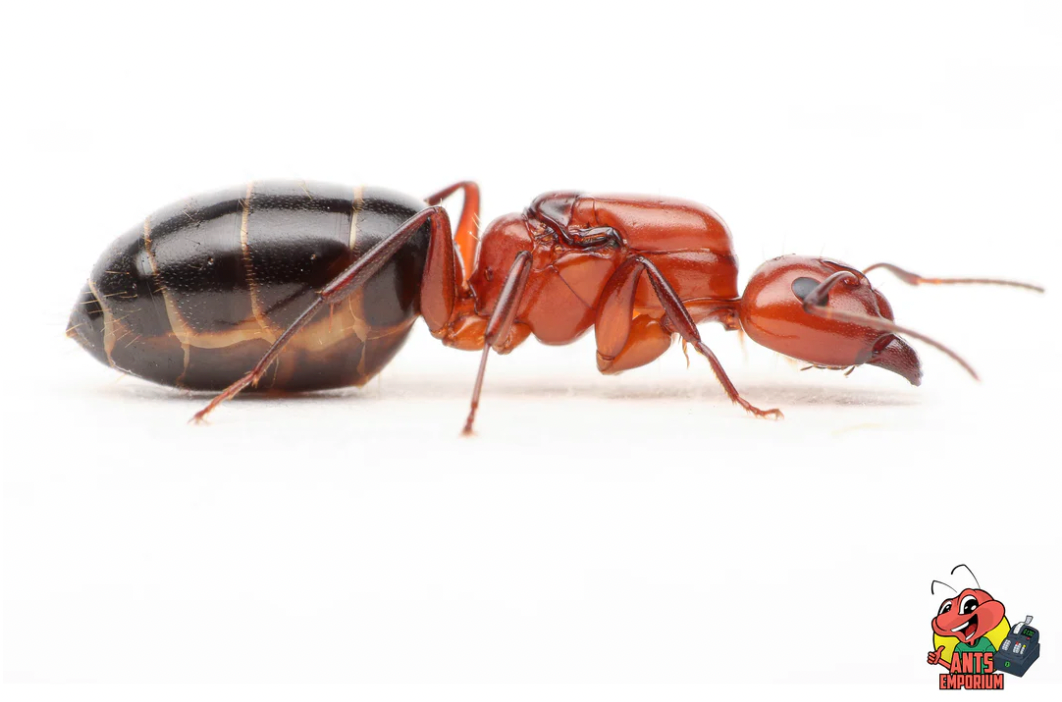

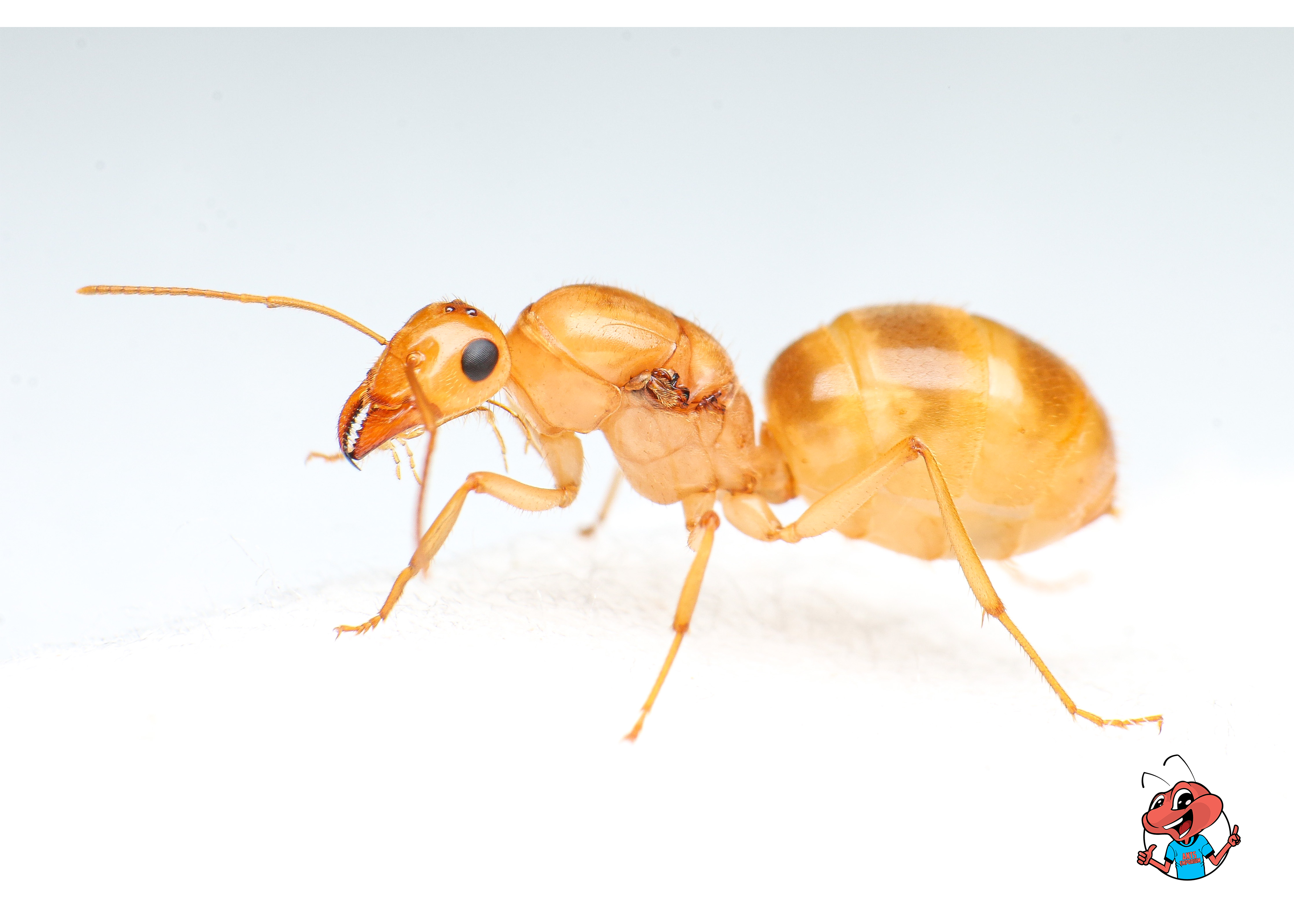
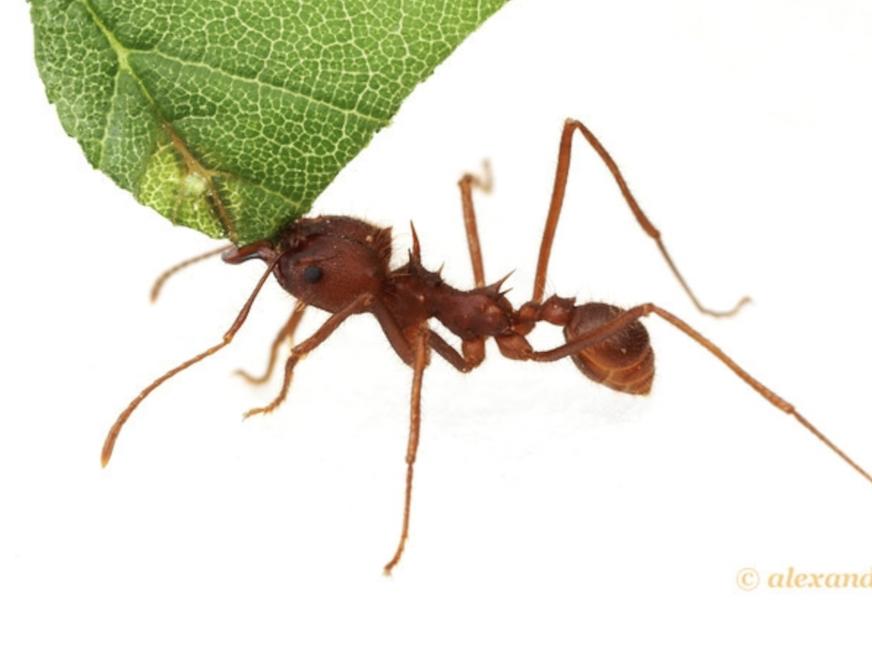
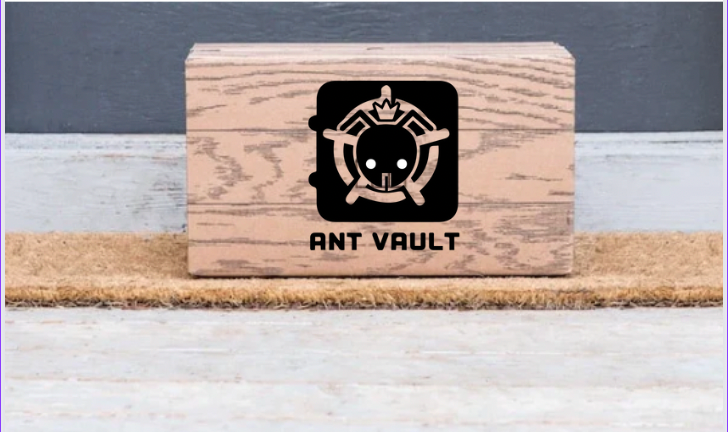


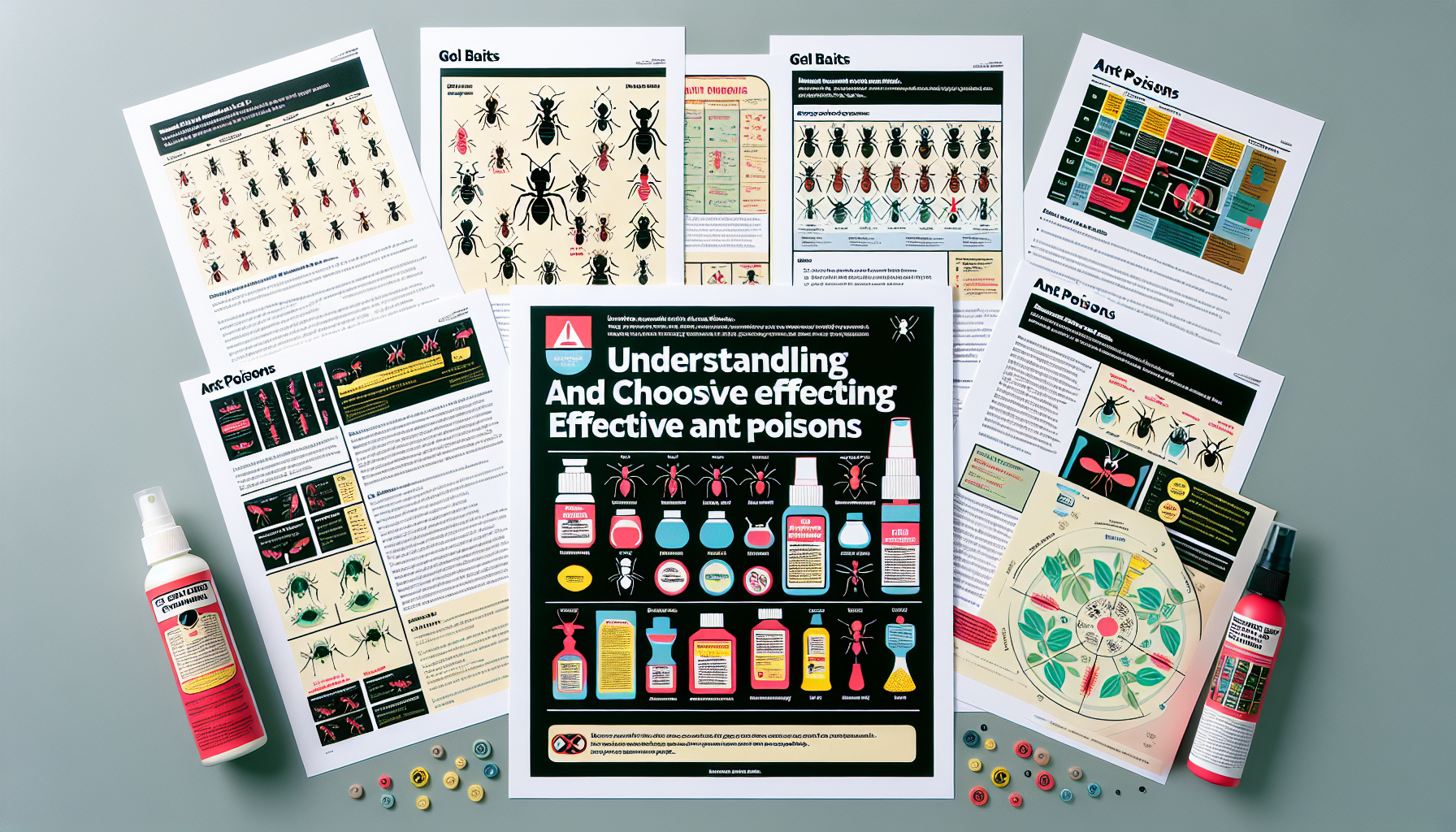
Leave a comment